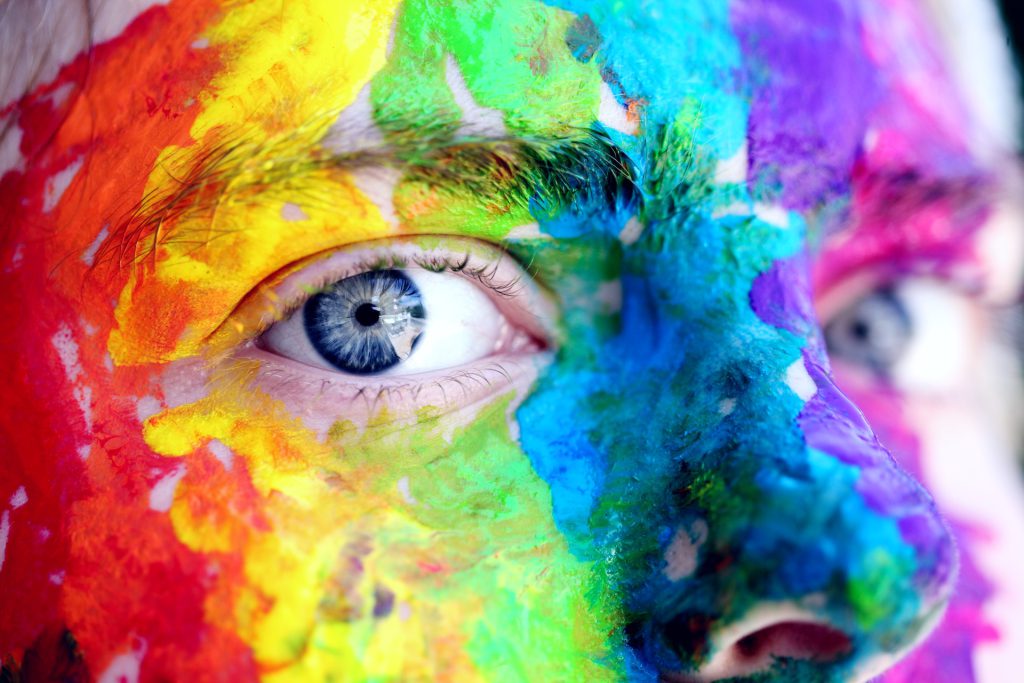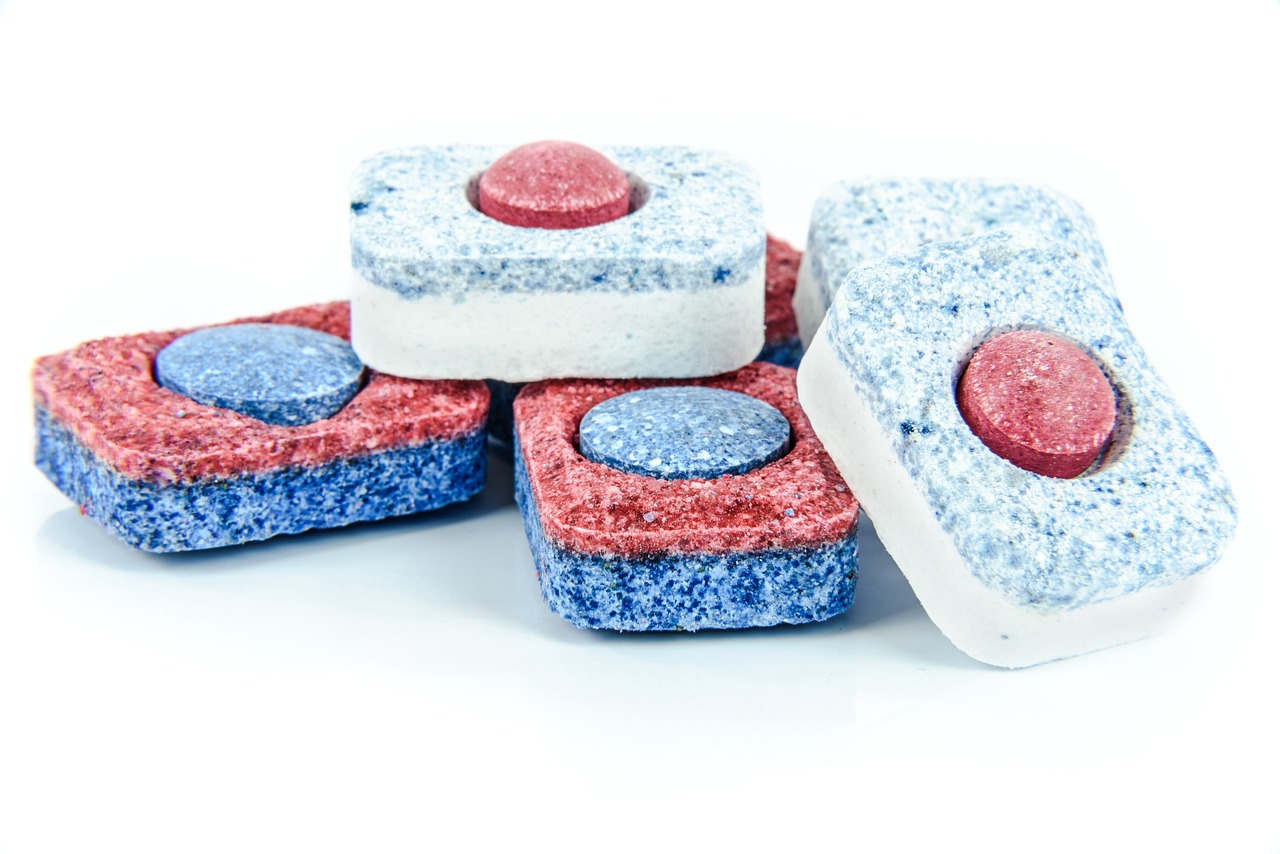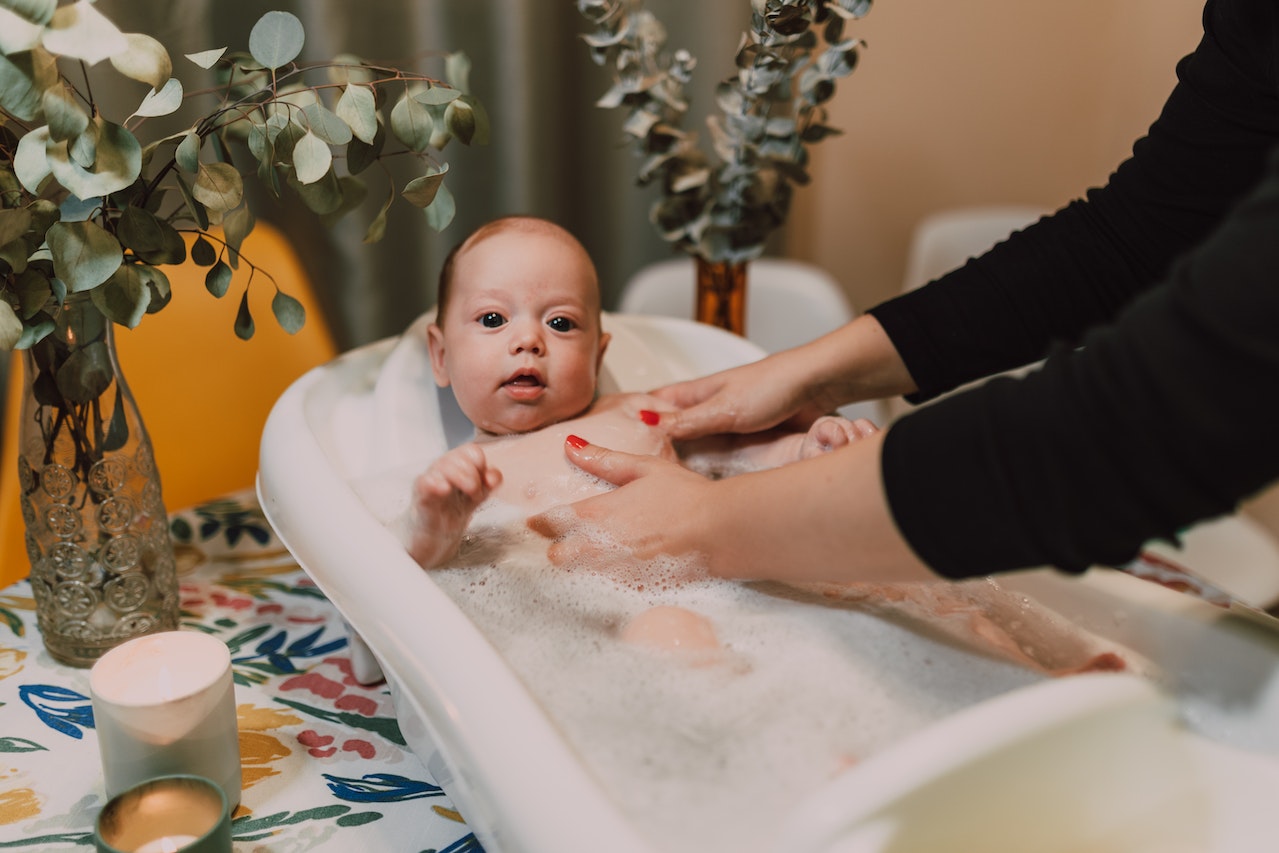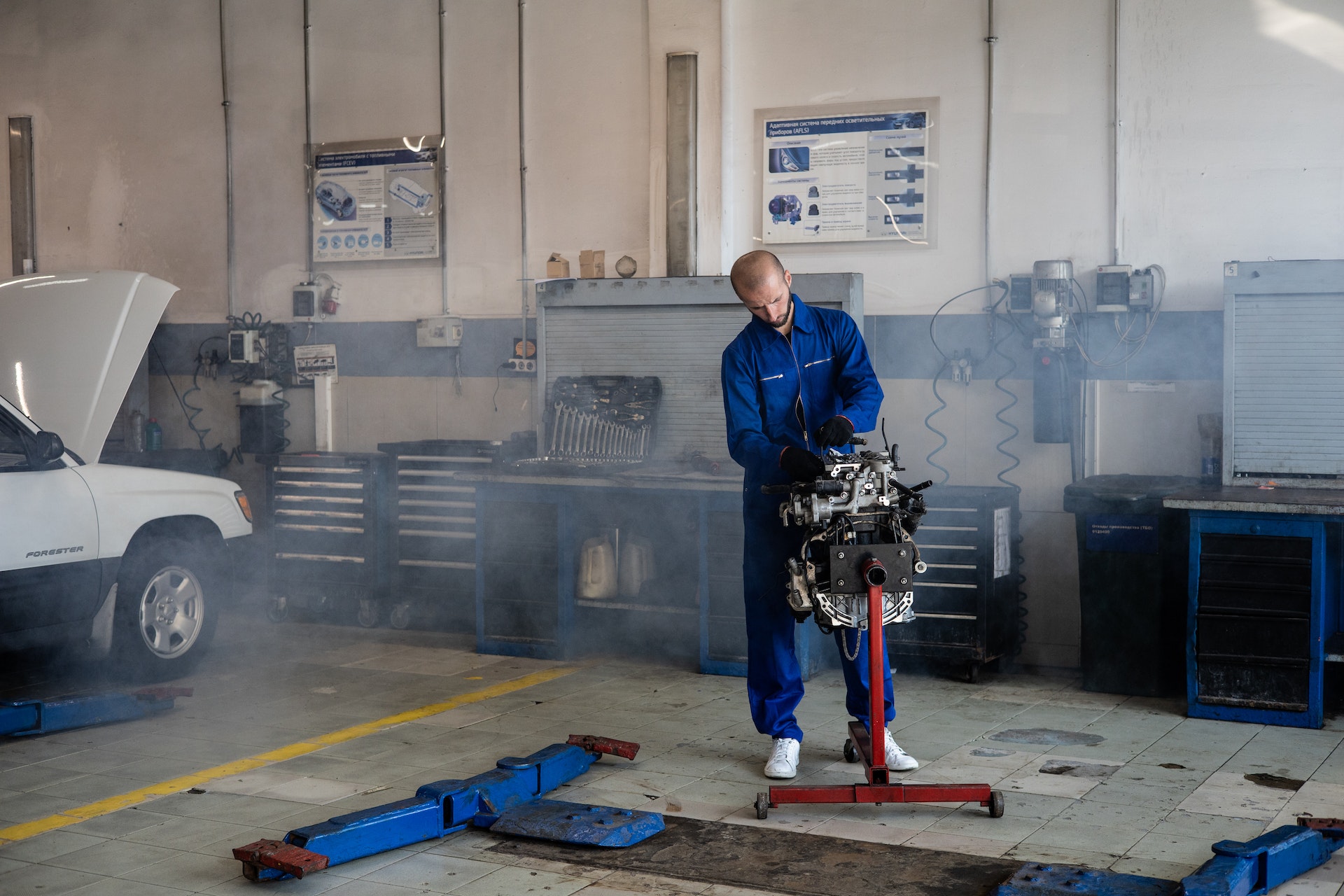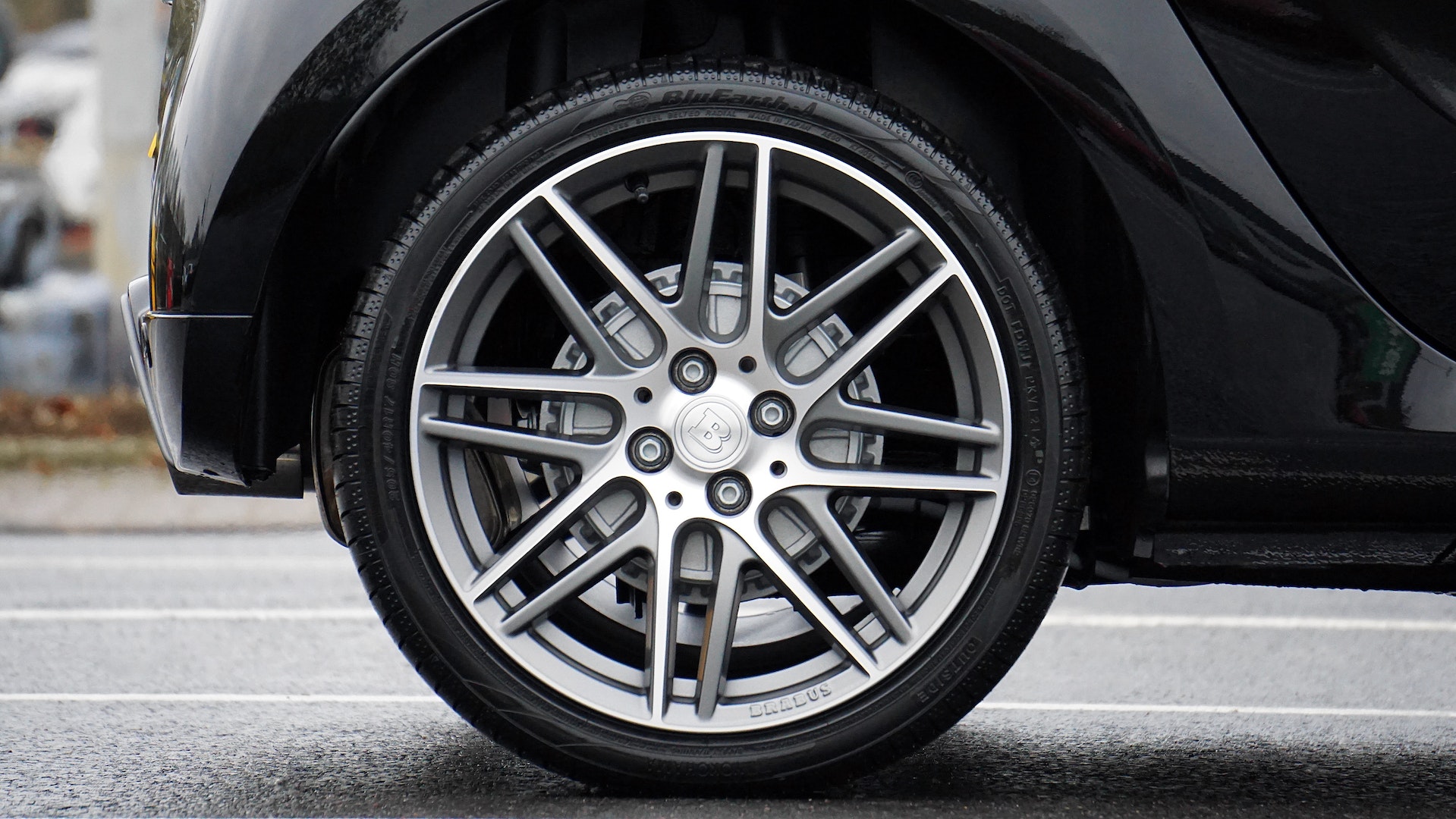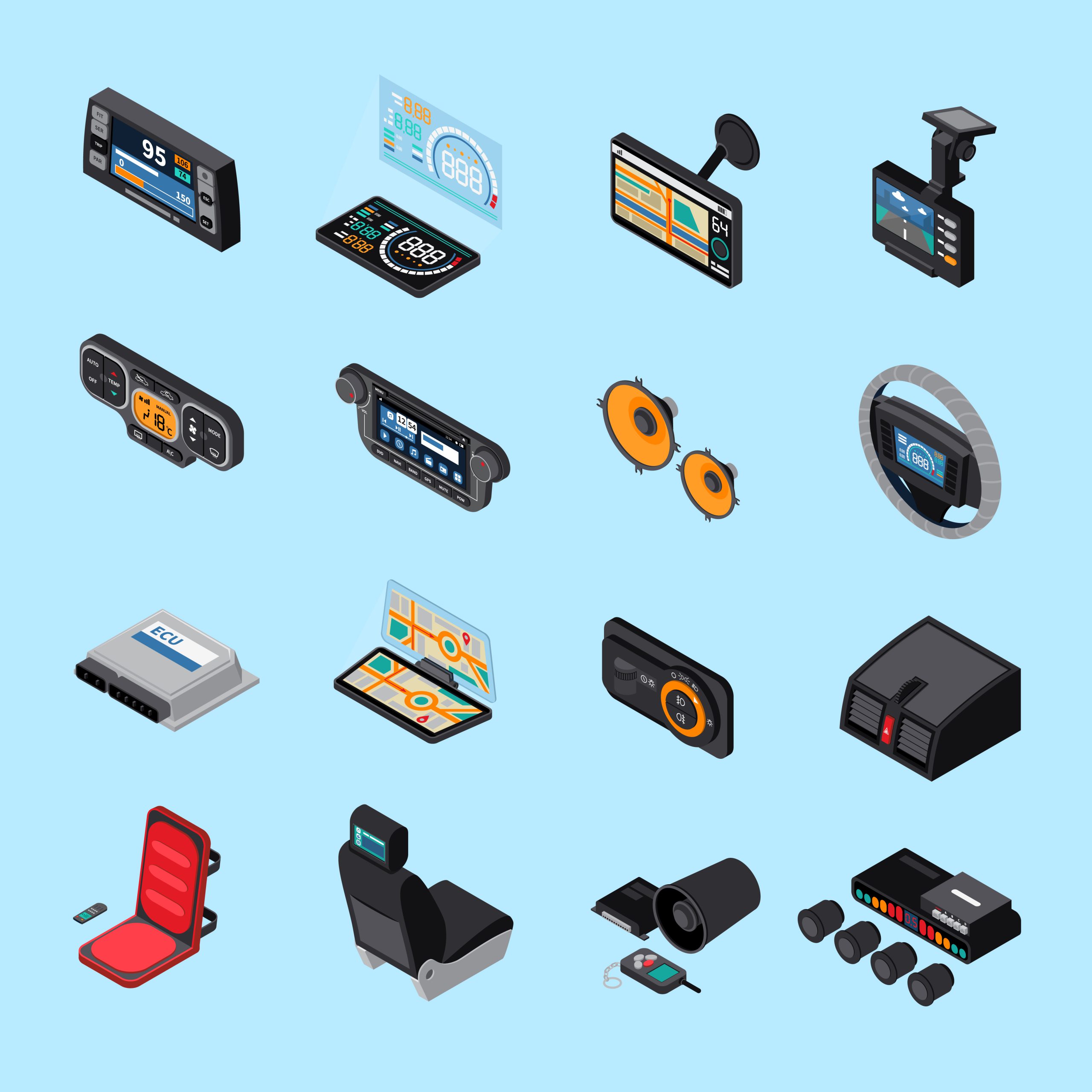Photo by Alexander Grey
The world of art has always been interesting, with audiences being captivated for millennia by the ingenuity and originality of human artists. The art industry is now confronted with a new issue as a result of the development of artificial intelligence (A.I.). The question of what this means for the future of art and the careers of human artists is raised by the fact that A.I. can now produce art for you. In this post, we’ll examine the ramifications of artificial intelligence producing art and what it implies for the future of the artistic profession.
The Rise of A.I. in the Art World
Since a lot of artists and art organizations have been experimenting with technology, artificial intelligence (A.I.) has been making waves in the art world. The most expensive piece of art ever sold by an artificial intelligence artist, an AI-generated portrait fetched $432,500 at Christie’s auction house in 2017. Other artificial intelligence-generated pieces of art have been bought and sold at galleries and auction houses all around the world, and some museums have even staged exhibits of such works.
New types of art, including music and films, are now being produced using artificial intelligence. An A.I.-generated music album was published in 2020, and reviewers gave the track favorable ratings. A.I. is also utilized to produce videos; some of these videos have amassed millions of views on websites like YouTube.
A.I. as a Replacement for Human Artists?
Some have started to wonder if artificial intelligence (AI) may ever completely replace human artists as it continues to advance in the art field. A.I. is capable of producing art in a greater variety of genres and forms than humans, and it can do so more quickly and effectively. A.I. can also produce work that is more experimental and abstract than what humans are capable of. It may inspire fresh ideas and even help with artistic production, accelerating and streamlining the process. In comparison to human artists, whose work may experience oscillations, A.I. is also capable of generating art that is more consistent in terms of style and quality.
It’s crucial to remember that A.I. cannot yet entirely replace human artists. The ability of artificial intelligence (AI) to comprehend and interpret emotions and experiences, which are essential components of great art, is currently restricted. A.I. lacks the human touch that many consumers of art seek in a piece of art since it is not capable of having personal experiences or emotions. Additionally, most consumers of art still like works made by people and value the distinctive viewpoint that a person artist gives to their work. It’s also important to remember that art is about more than simply producing beautiful things; it’s also about communicating feelings and life experiences. Art that is meaningful and emotionally evocative cannot be produced by A.I.
The Impact of A.I. on Artist’s Careers
The advent of A.I. in the art industry is still having an effect on human artists’ careers despite its limits in terms of producing art. It is getting more and harder for human artists to stand out and earn a livelihood from their art as more and more A.I.-generated art is being sold and displayed. Additionally, if they think that art created by A.I. is a better investment than art created by humans, some individuals could be reluctant to invest in the work of human artists.
It’s vital to remember that other factors outside artificial intelligence also have an influence on the careers of human artists. The art market is a complicated and dynamic environment, and the careers of human artists are impacted by a variety of circumstances including consumer preferences changes and economic downturns.
A.I. as a Tool for Human Artists
A.I. may be a hindrance to human artists’ careers, but it can also be a tool to improve their work. By offering fresh viewpoints and inspiration, artificial intelligence (AI) may be utilized to spark original and ground-breaking artistic creations. A.I. may also be utilized to help with duties like color matching and brushstrokes, freeing up human artists to concentrate on the more imaginative components of their work, including composition and narrative. This may also assist to shorten the amount of time and effort needed to produce an artwork, which may be especially helpful for artists who are finding it difficult to juggle their work with other obligations.
Some human artists are also employing artificial intelligence (AI) as a medium for their work, developing pieces that examine how people and technology interact. They are employing artificial intelligence (A.I.) not just as a tool but also as the topic of their art, producing provocative and captivating pieces that push the boundaries of what we think art can be. These artists are utilizing artificial intelligence to produce work that examines the influence of technology on our lives, as well as how we view and engage with the world around us.
Additionally, they are employing AI to produce work that explores the nature of art and the place of the artist in the modern world. These pieces are helping to push the limits of what art can be since they are not only visually arresting but also intellectually interesting.
A New Era for Art?
It is obvious that the world of art is approaching a new age with the emergence of A.I. The definition and production of art are expanding thanks to artificial intelligence. A.I. is capable of producing art in a wider variety of forms and genres, as well as abstract and experimental art that is beyond the capabilities of humans. A big benefit in the quick-paced world of today is that A.I. can produce art more quickly and effectively than humans. A.I. is a new tool that human artists may use to improve their work, not to replace it, therefore it’s crucial to keep that in mind. Artificial intelligence (AI) may help with creative processes including idea generation, inspiration, and art production. Some human artists are employing artificial intelligence (AI) as a medium for their work, developing pieces that investigate the interaction between people and technology. This is a novel and exciting approach for artists to push the limits of what art can be and produce something wholly original. Future breakthroughs in the art industry should be even more fascinating given how quickly A.I. technology is developing.
Conclusion
With the emergence of artificial intelligence in the art world, a new issue has emerged. The question of what this means for the future of art and the careers of human artists is raised by the fact that A.I. can now produce art for you. While AI poses difficulties for human artists, it also opens up new possibilities and chances for art. It’s a new period for art, and as A.I. technology develops, we may anticipate seeing an increasing number of intriguing changes. Although the future of art is unknown, one thing is certain: it will be thrilling to watch what comes next.
